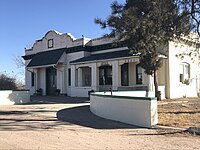
John Long Routt was an American politician of the Republican Party. Born in Eddyville, Kentucky, he served as the first and seventh governor of Colorado from 1876 to 1879 and 1891 to 1893. He also served as mayor of Denver, Colorado from 1883 to 1885. He died in Denver, Colorado.

Edwin Carl Johnson was an American politician of the Democratic Party who served as both governor of and U.S. senator from the state of Colorado.

Eugene Donald Millikin was a United States senator from Colorado who served as Senate Republican Conference Chairperson from 1947 to 1956.
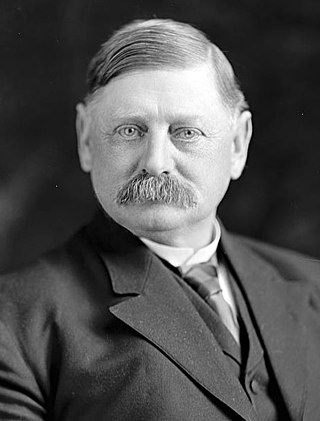
John Franklin Shafroth was an American lawyer and politician who served as a representative, member of the United States Senate, and Governor of Colorado during the late 19th and early 20th centuries.

Samuel Danford Nicholson was a United States senator from Colorado.

Karl Cortlandt Schuyler was an American attorney and politician from Colorado. A Republican, he was most notable for his service as a United States senator from 1932 to 1933.

Charles A. Cook was an American politician. He was an early settler of present-day Colorado and the second mayor of Denver. He was indicted and tried for conspiracy to defraud the government for falsifying names on homestead and pre-emption land claims and then selling the property. After the first trial, the case resulted in a hung jury. The charges were thrown out at the second trial.

Julius Caldeen Gunter was the 21st Governor of Colorado from January 9, 1917, until his term ended on January 14, 1919.

Byron Lindberg Johnson was an economist and U.S. Representative from Colorado.

Hiram Pitt Bennet was a Congressional delegate from the Territory of Colorado and Colorado Secretary of State
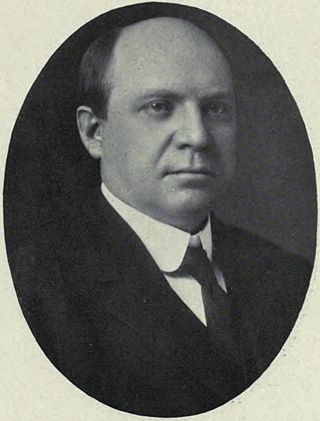
Warren Armstrong Haggott was a U.S. Representative from Colorado.
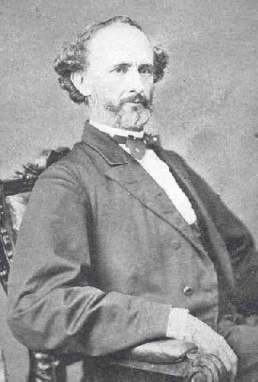
Henry Pelham Holmes Bromwell was an American lawyer, politician from Illinois, and prominent Freemason. He was a lawyer and judge who served as a U.S. representative from Illinois from 1865–1869 and continued to practice law when he moved to Colorado in 1870 where he was appointed to compile the state's statutes. Bromwell was initiated into freemasonry in 1854, and he became the Grand Master of Illinois in 1864. When he moved to Colorado he became that state's first Honorary Grand Master. He developed the Free and Accepted Architects, a new rite for Freemasonry which sought to teach its initiates the lost work of the craft embodied in Bromwell's Geometrical system. After his death, the Grand Lodge of Colorado published his work on the esoteric nature of Sacred geometry in the book Restorations of Masonic Geometry and Symbolry.
Park Hee Byung was a Korean independence activist and one of the first Korean immigrants to the U.S. state of Colorado.

Fairmount Cemetery in Denver, Colorado, was founded in 1890 and is Denver's second oldest operating cemetery after Riverside Cemetery. It is located in land south-east of the intersection of the major Denver roadways Alameda Ave. and Quebec St.. The cemetery was designed by German landscape architect Reinhard Schuetze. The cemetery was patterned after Mount Auburn Cemetery in Cambridge and Watertown, Massachusetts. The cemetery occupies 280 acres (110 ha). The first year the cemetery opened over 4500 trees and shrubs were planted by Schuetze. The cemetery is the largest arboretum in the state.

Frank E. Edbrooke, also known as F.E. Edbrooke, was a 19th and early 20th century architect in Denver, Colorado who has been termed the "dean" of Denver architecture. Several of his surviving works are listed on the National Register of Historic Places including Brinker Collegiate Institute, built in 1880 and NRHP-listed in 1977.

William Gray Evans was the oldest son of Colorado's second territorial governor, John Evans and Margaret Gray Evans. He was president of the Denver Tramway Company. He oversaw the completion of the Moffat Tunnel and worked for four years on the City Beautiful project of Mayor Robert Walter Speer. He owned the Byers-Evans House, now the Byers-Evans House Museum, which is listed on the National Register of Historic Places.
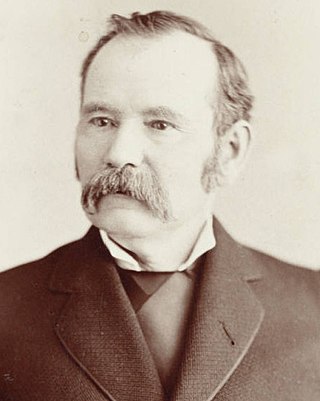
The 1876 Colorado gubernatorial election took place on October 3, 1876, to elect the 1st Governor of Colorado after the state was admitted to the union on August 1, 1876. Republican John Long Routt, last governor of the Colorado Territory, was elected in a close race against Democratic nominee Bela M. Hughes.

Bela Metcalfe Hughes was an American lawyer, businessman and politician. Hughes played an important role in connecting the American West to the rest of the country with stagecoach lines, as well as in the early legal development of Colorado.






